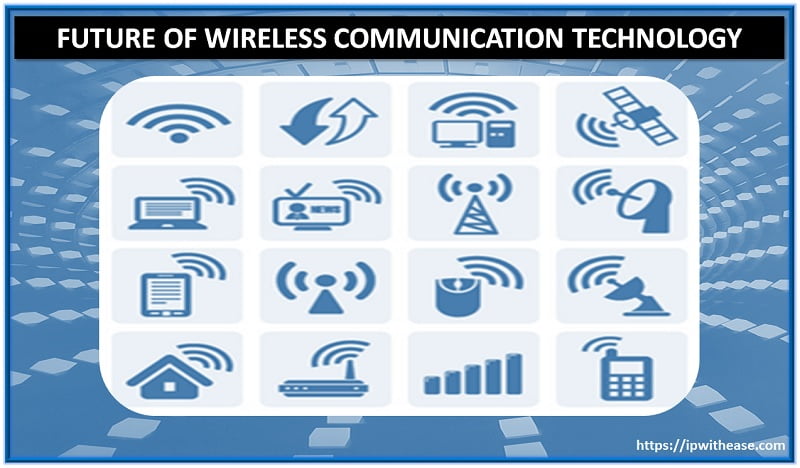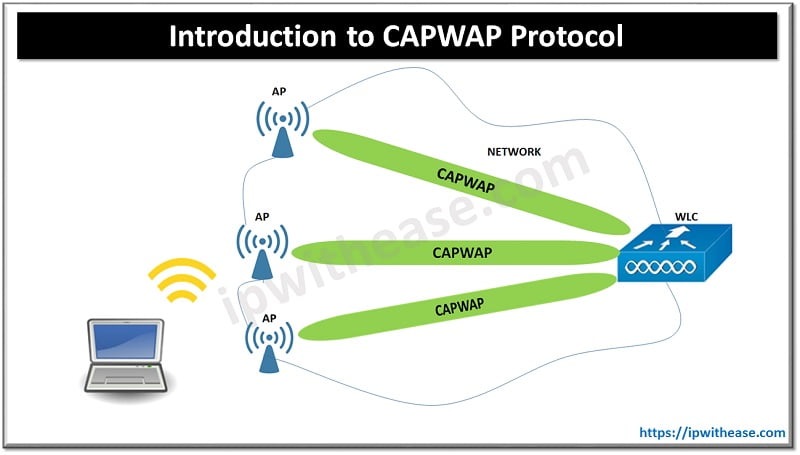Table of Contents
The wireless communication networks deployment at global scale to address mobile industry demands. This has led to development of new wireless standards from 1G to 6G. 3GPP (Third generation partnership project) is a consortium of companies which maintain and develop protocols for mobile telecom technologies.
It has successfully launched standards followed by UMTS, HSDPA, HSUPA, LTE, LTE-advanced, 5G NR and 6G. Each of these standards support different wireless technologies with varied data rates, coverage, subscriber densities and unique advanced features / services for end users.
Today we look more in detail about two most prominent wireless technologies 5G and 6G. We must have heard these terms many times but what actually they mean, how 6G is different from 5G?
What is 5G?
5 G is fifth generation wireless technology. It was introduced in April 2019. In line with 3GPP roadmap and precedes 4G LTE technology. It was deployed in phases as per 3GPP specifications published in the year 2017. There are two main modes – Non-Standalone (NSA) and Standalone (SA) based on individual or combined RAT operation with LTE coordination.
In standalone mode UE works by 5G RAT alone and LTE RAT is not required. In Non standalone mode LTE is used for control plane functions such as call origination, call termination, location registration etc. Below figure depicts 5G NR architecture.
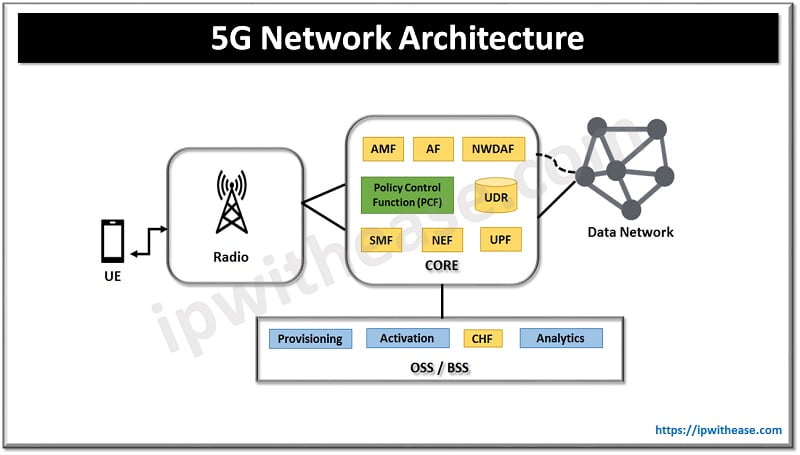
Features of 5G Technology
Some of the key features of 5 G technology are:
- It supports 1 Gbps or high bandwidth
- Sub -1 GHz, 1 to 6 GHz, > 6 GHz in mm bands (28 GHz, 40 GHz) are supported frequencies
- Peak data rate it supports is 1 to 10 Gbps
What is 6G?
6G is sixth generation wireless technology. It has advanced features to be integrated with 5 G technology such as holographic communications, artificial intelligence, high precision manufacturing, new technologies such as Sub-THz or VLC (Visible Light Communications), 3D coverage framework, terrestrial and aerial radio APs to enable cloud functionalities. 6 G uses cell less architecture in which UE (User equipment) connects to the RAN (Radio Access Network) and not to a single cell.
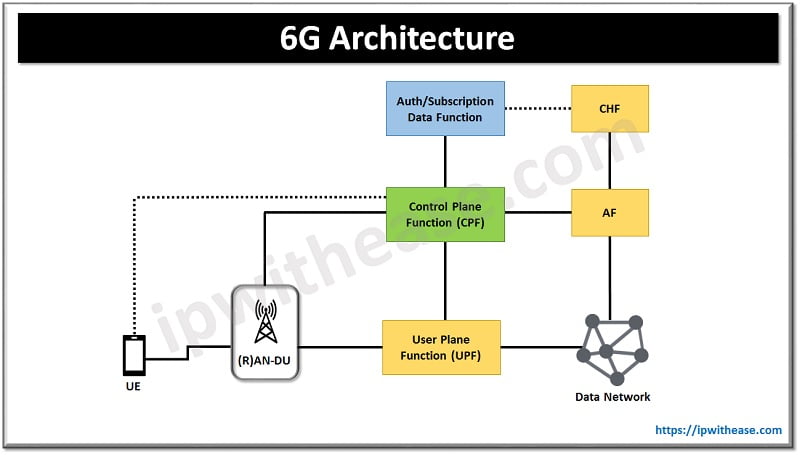
Features of 6G Technology
Some of the key features of 6 G technology are:
- New channel coding based on Turbo, LDPC, Polar etc.
- Very large-scale antenna processing
- Advanced signal processing
- AI based wireless communication
- Wireless tactile network
Comparison: 5G vs 6G
Below table summarizes the differences between the two wireless technologies:
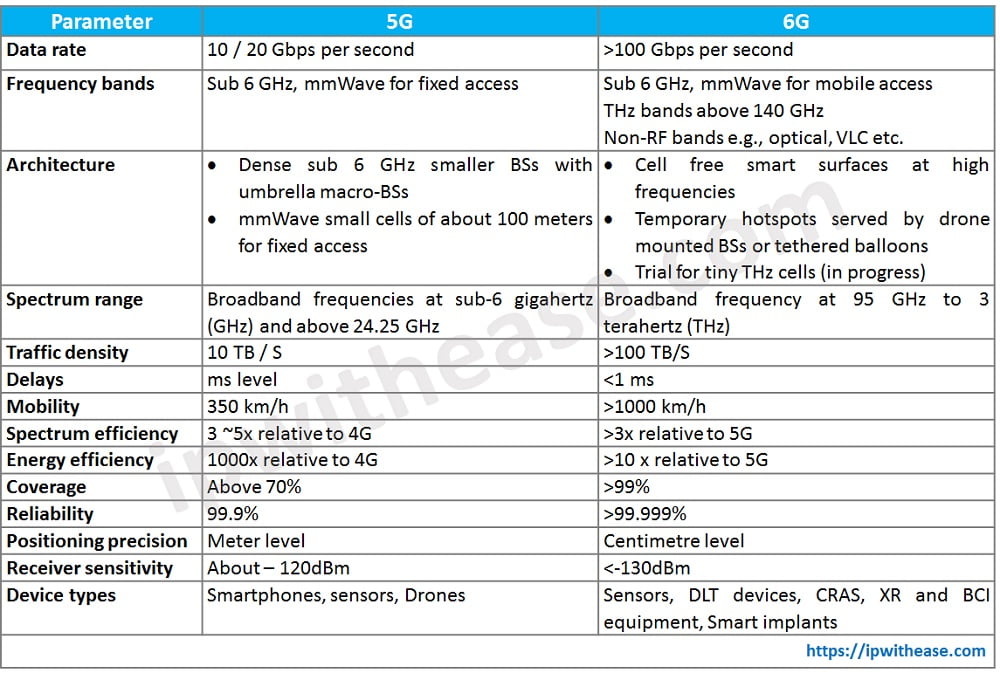
Download the comparison table: 5G vs 6G
Does 6G exist yet?
The development of 6G technology began in 2020 and requires the creation of advanced mobile communication technologies including secure data networks and expanded spectral bandwidth. China has already launched a 6G test satellite with a terahertz system, but it is expected that 6G technology will not be available for commercial use until 2030.
How will 6G be beneficial as compared to 5G?
According to Dr. Mahyar Shirvanimoghaddam, a senior lecturer at the University of Sydney, 6G networks will utilize high-frequency radio signals, but it is currently too early to determine the exact data rates they will offer. However, he suggested that wireless data could potentially reach a maximum peak data rate of 1 terabyte per second when transmitted in short bursts over limited distances.
- The performance of 5G applications will be improved and new possibilities for wireless connectivity will be created with the increase in capacity and decrease in latency. This will allow for the development of innovative applications in the field.
- The upcoming 6 G technology will enable access points to cater to many clients at once using orthogonal frequency-division multiple access.
- Increased frequencies in 6 G technology will result in much better data rates and improved throughput.
- 6G networks will incorporate mobile edge computing, which will offer numerous benefits such as enhanced access to AI features and the ability to accommodate advanced mobile technologies and platforms.
Continue Reading:
5G vs Fiber Optic: Detailed Comparison
ABOUT THE AUTHOR

You can learn more about her on her linkedin profile – Rashmi Bhardwaj


